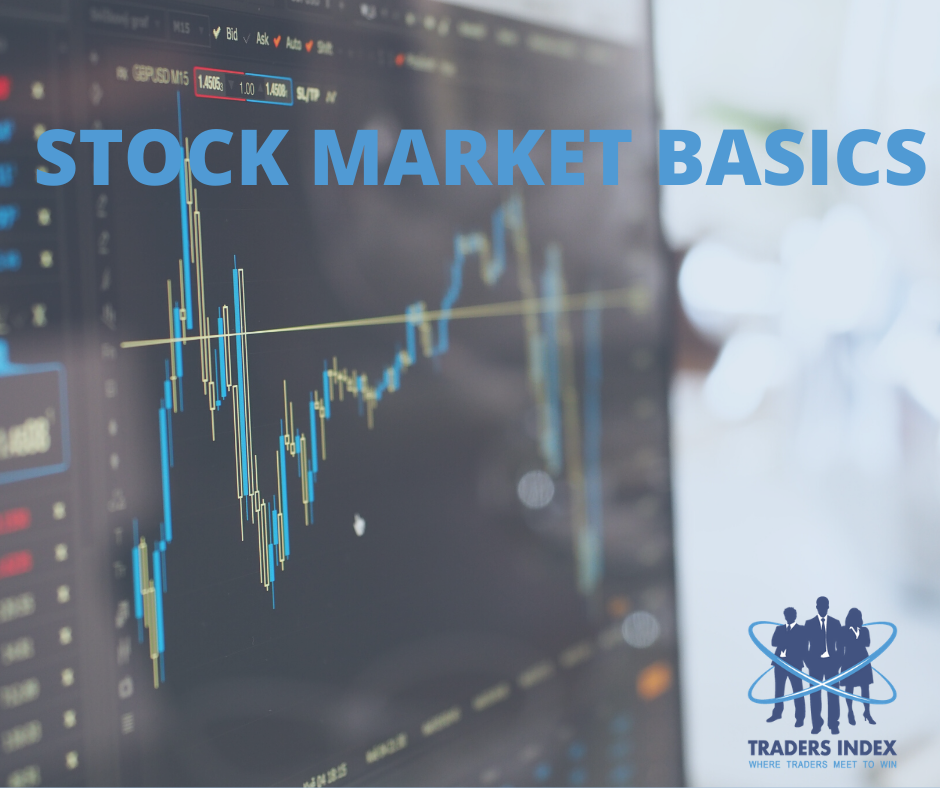Module 3 -24 Trading Using Dow Theory.
Trading Using Dow Theory
Once you understand Dow Theory, you can use it when trading. But how to use Dow Theory in trading? Many traders are concerned with applying new technical analysis techniques, although old original investing tools are available. Some of the original tools have been outdated because the market changes, but Dow Theory persist in the market. Technical traders still consider it as one of the best tools.
If you understand the ways to use Dow Theory in trading, you will be able to create a steady trading path. By using Dow Theory, you can quickly identify the market trends. Direction movements, including price charts, can be analyzed through trend, which is why Dow Theory must be utilized in trading.
Three important movements in Dow Theory
Technical analysis trends are applicable until it has been proven that trend has taken place. When using Dow Theory, you need to understand that it breaks the concept into three important movements:
Primary movement
When trading, you will come across a long-term trend, and this describes the primary movement. This movement might persist for a few months to years. It can be downtrend or uptrend, but as per one of the Dow theorists, it is not possible to forecast the length or strength of the movement. The theorist, Hamilton, considered market success, was linked with the ability to understand Primary movement and invest in its direction. Also, to stick to the trader until it is proven wrong. This is similar to trend followers.
Secondary Movement
When you witness retracement or pullback in a bull market, you need to understand what it means secondary movement. On the other hand, in a bear market, it is called a reactionary rally. This movement can persist for ten days to a few months. It will retrace the primary movement by 50% on average.
Short Swing or Minor Movement
If you are a short term or day trader, short swing or minor movement is the price movement that you prefer trading. This movement can persist for intraday to a few days. It will not retrace the secondary movement for two weeks.
It is important to understand these three movements before you utilize the Dow Theory in trading.
Three phases in Dow Theory
We slightly learned about these phases in the previous chapter. But in this chapter, we are going to learn in-depth because you need to use Dow Theory when trading. As per Dow Theory, there are three phases in every trend that occurs in a significant market.
So, here are the phases in a bull trend,
1. The Accumulation Phase
As per Dow Theory, it is stated that this is the time for big money. The insiders are buying shares despite the opinion of the general public. The insider knowledge is utilized to understand the right time for them to trade. This makes things easy for insiders because they can accumulate shares without disturbing the market. This is possible because the public is selling shares to them.
2. The Big Move
This move occurs when the market begins to trend. The technical traders start buying as the indicators influence buy signals. The trend followers focus on this phase, and it pushes the market even higher.
3. Public Participation/Excess
The bull market’s final phase is public participation/excess. The widespread public participation is the signal for this phase. There will not be any limitations concerning the ones who can take part in investing. Top gets closer when the market signs begin in this phase.
Here are the phases in a bear market,
1. Distribution
This is opposite to the bull market’s accumulation phase. This happens when big money starts to assume that the bull market has ended. Also, at the same time, the public believes uptrend will not stop. Even if the market begins to go down, the traders will not accept that the bull trend has ended. The belief about the bull trend longevity will let in new money to the market in these times. This new flow will stop in severe rallies that add more capital to the market by indicating that the bull trend has occupied again. Previous highs will not be taken out by this move and is basically a reactionary rally. And then, phase two will start.
2. Big Down Move
The real selling starts after the reactionary rally fails. During this stage, the public gets worried and starts to trade, leading the market further down. The overall picture gets affected negatively, leading to the final stage of the bear trend.
3. Despair
When the people settle with the thought that the market will remain down forever, the cycle will start all over again with a new uptrend introduction.
Wrapping up
It is essential to understand bull and bear markets if you want to trade using Dow Theory. And we just helped you with it, so make sure to learn it thoroughly before beginning your trading journey!

